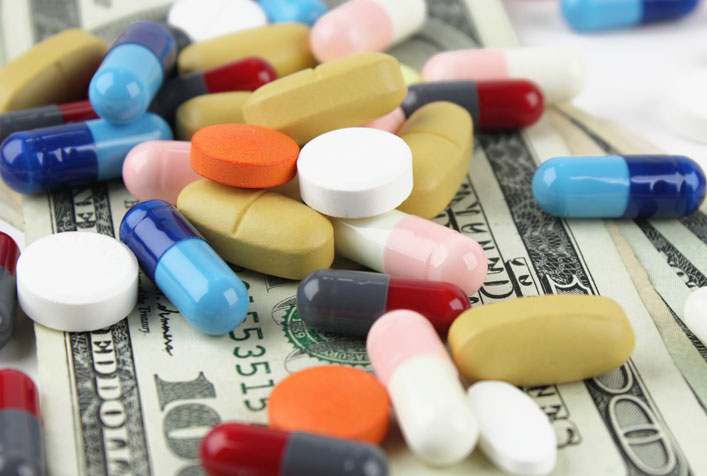Cost of Generic Drug Development and Approval

Project Brief
The Challenge
The cost of prescription drugs is an ongoing source of concern in the United States, with spending on prescription drugs projected to increase by more than $200 billion from 2021 to 2030. Several studies have shown not only that drug prices typically decline after generic entry, but also that this decline is steeper when there are more generic entrants in a given market. ERG has been supporting the U.S. Department of Health and Human Services in its work to achieve lower drug prices and greater patient access to prescription drugs as part of its Comprehensive Plan for Addressing High Drug Prices—a goal that requires a better understanding of the costs of developing generic drugs, the barriers that may increase these costs, and the policies that may encourage entry.
ERG's Solution
ERG completed a multi-year study on the generic drug industry for the Office of the Assistant Secretary for Planning and Evaluation in the U.S. Department of Health and Human Services, examining the cost of generic drug development and regulatory approval in different-sized drug markets. As part of the study, ERG developed a modeling tool that allows users to examine expected returns for a given generic drug development project. Using this model, ERG then assessed the potential impact of different cost factors, barriers to generic drug development and market entry, and a range of incentives designed to mitigate cost and revenue concerns for developers.
Client
U.S. Department of Health and Human Services